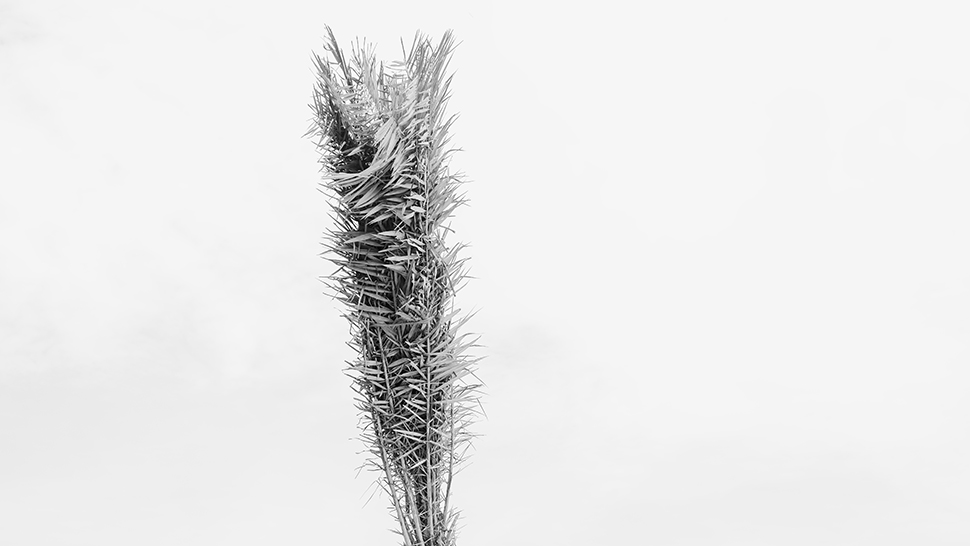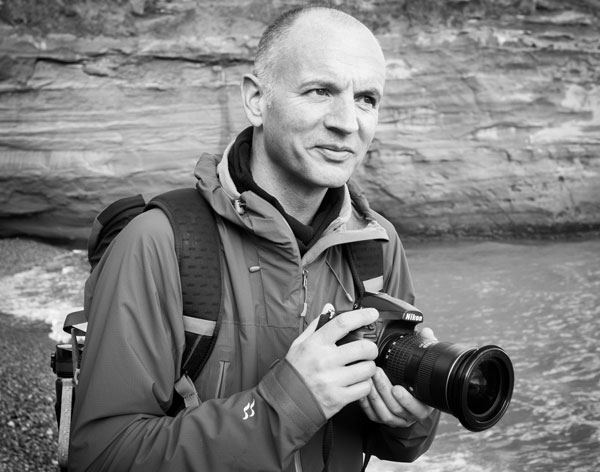

Benedict Brain is a UK-based photographer, journalist and artist. He is an Associate of the Royal Photographic Society and sits on the society’s Distinctions Advisory Panel. He is also a past editor of Digital Camera Magazine, and the author of You Will be Able to Take Great Photos by The End of This Book.
The visual allure of trees is irresistible, to me at least – I simply cannot resist the urge to photograph them. It’s not just the trees themselves, though. During my travels, I typically find myself in urban and semi-industrial places, and it’s in these sorts of areas that I’m intrigued by the way trees have been integrated with the environment. Humanity’s relationship with nature is a theme that underpins much of my work, as I’ve mentioned before in this column.
In building a body of work around the theme of trees, I’ve started to develop a specific approach to the way in which I photograph them to build a sense of consistency and unity in the overall body of work. This is an ongoing project, and not one I expect to resolve for some time.
However, keeping that sense of consistency is useful to make the completed project coherent. So my choice of lens, angle of view, distance from the subject, general composition and black-and-white processing to a fairly consistent style are all important considerations. I take my inspiration from the New Topographics, as may be obvious to some.
These two trees were taken in Bali, Indonesia. I was incredibly excited when I came across them, even though they are comparatively dull when compared with the graceful palms lining paradise-esque beaches that I have also seen on my travels. I knew in an instant that there was a photograph here that I wanted to take.
It’s kind of strange, I guess, as it’s a relatively humdrum and banal scene – the palm trees aren’t even showing off their beautiful plumage. Even though, when presented with the scene I knew what I wanted to do; it just took a little work to find the right composition.
When I look back through my files, I can see that while I took a dozen or so shots, there was only one (maybe two) that nailed it. I can see how I was trying to resolve the composition by changing my position just a little so that the relationship between the two trees was just right. Moving my camera even the smallest amount had a profound effect on the composition. This idea of exploring a scene with your viewfinder and taking several shots (but not too many) is a useful exercise. If you’re not doing it already, I urge you to try.
• Other articles in the Art of Seeing series
Read more:
• The 50 best photographers ever
• 100 best photography quotes from famous photographers
• The best coffee-table books on photography







